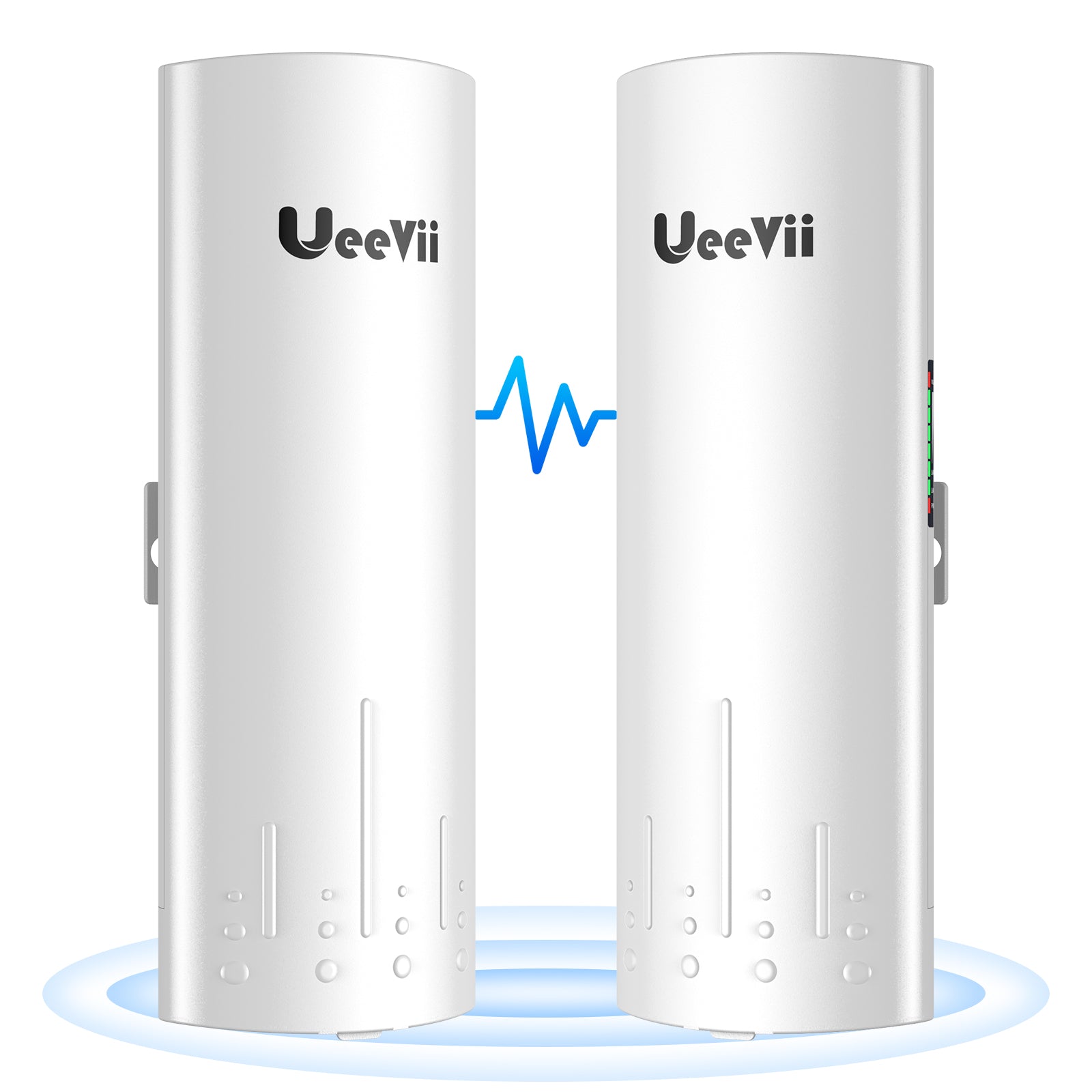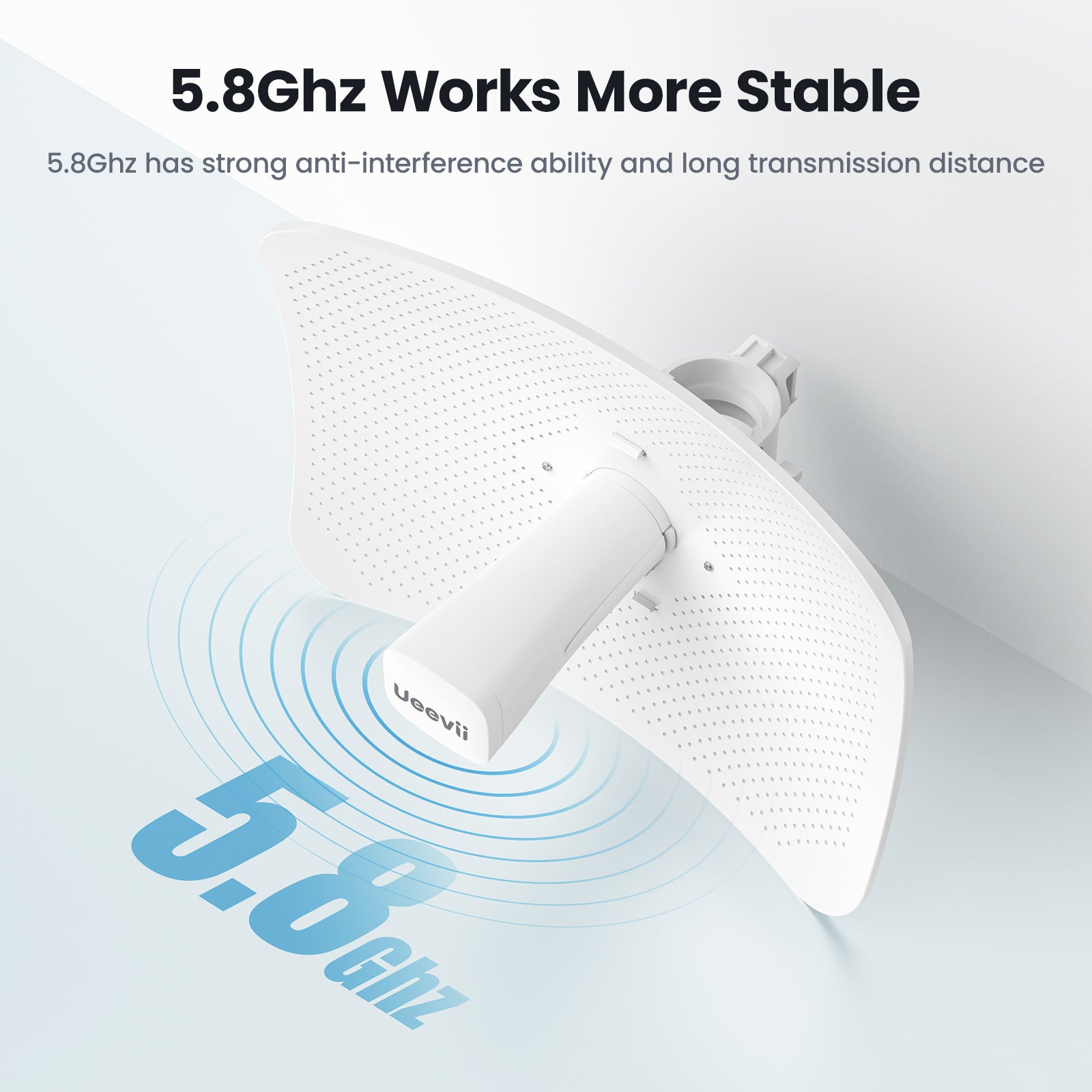Understanding Point to Point CPE in the Modern Networking Landscape
The Basics of Point to Point CPE Technology
Point to Point Customer Premises Equipment (CPE) is a key player in wireless networking. These devices connect two fixed points with a wireless signal. Often found in wireless bridges, they move data across a network. CPEs use antennas to link places without cables. This tech is vital for remote or tough-to-reach areas. In simple terms, Point to Point CPE is like an invisible wire. It sends and receives data over long distances. As tech improves, CPEs get faster and more secure. They are changing how the U.S. connects, making data flow better in many sectors.

The Role of CPEs in Networking Infrastructure
Customer Premises Equipment (CPE) plays a pivotal role in modern networking infrastructure. It acts as the end-user's gateway to the broader internet and allows for efficient communication between different network points. Typically located on the customer's premises, CPE includes devices like routers, modems, and wireless bridges. These devices form the basis of point to point (P2P) connections, establishing a dedicated pathway for data transfer between two locations. This setup becomes crucial in supporting seamless, high-speed connectivity in business operations, directly influencing productivity and service quality. Point to Point CPE ensures a stable link even in remote areas, where traditional wired solutions are impractical or too costly. As a result, CPE is a focal point for networking providers who aim to offer robust and reliable internet solutions to enterprises and consumers across the United States.
The Significance of Point to Point CPE in Industry Trends
How CPEs are Shaping Future Networking Developments
Customer Premises Equipment (CPE) is transforming networking. These wireless bridges boost reliability and speed. Industries now rely on strong, stable links for operations. CPEs allow for flexibility in network design and rapid expansion. They handle the increasing amount of data and devices. CPEs support the shift toward IoT and remote work trends. This technology is critical for a network-ready future.
Adapting to Change: The Transition to Point to Point CPE in the United States
The Benefits of Point to Point CPE for U.S. Enterprises
U.S. enterprises are quickly adopting Point to Point (P2P) CPE for its numerous benefits. P2P CPE provides reliable, high-speed connectivity that is essential for modern business operations. Here are some key advantages:
- Cost Efficiency: P2P CPE solutions reduce the need for extensive cabling, lowering infrastructure costs.
- Improved Bandwidth: They enable higher bandwidth connections, supporting data-intensive applications.
- Enhanced Security: With dedicated connections, P2P CPE enhances network security.
- Easy Scalability: Businesses can easily scale their network as they grow without major overhauls.
- Reduced Latency: P2P wireless bridges minimize latency, which is vital for real-time applications.
- Network Control: Enterprises gain more control over their network, leading to better performance.
These benefits are helping U.S. businesses stay competitive in a fast-evolving digital landscape.



















